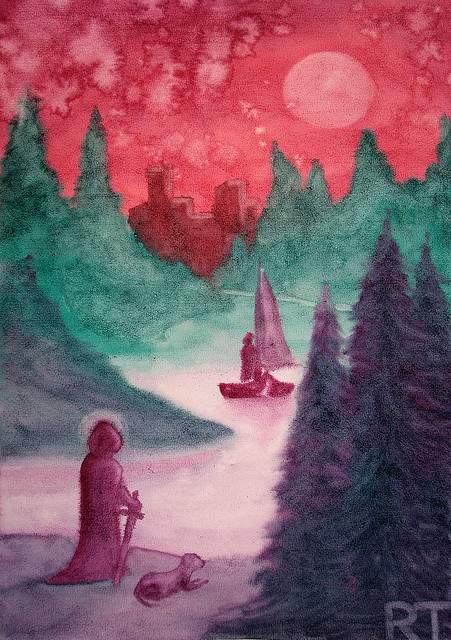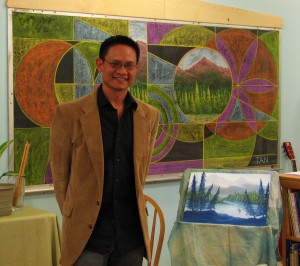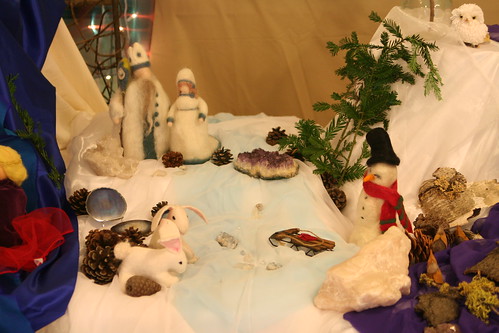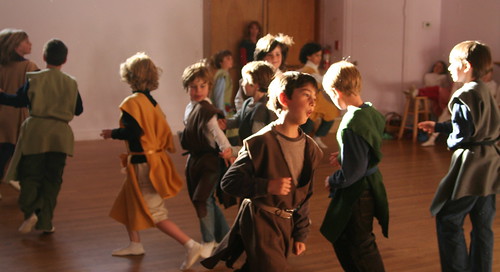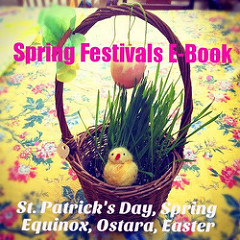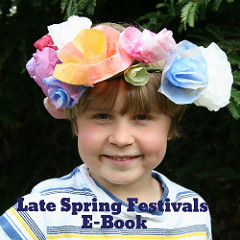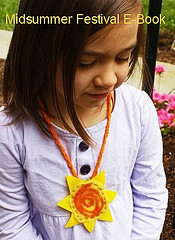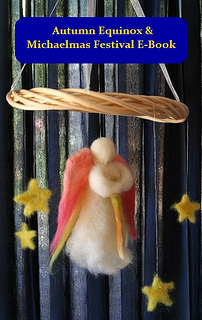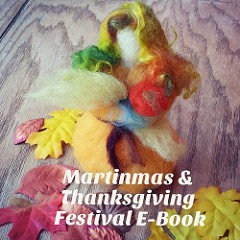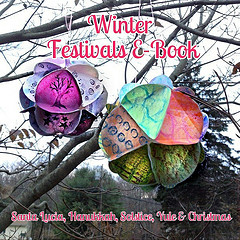Marveling About Sixth Grade
Once again I’m in awe of what’s happening in my son’s sixth grade Waldorf class. Everything around him and everything in him is leveling up, stretching, ready to take on more. The class started this year with a new teacher and immediately tackled Rome and manned the Michaelmas dragon. They’ve studied astronomy, physics, added more mathematics into every day, and started writing essays. They’ve recently been through the Fall of Rome and are now working a unit on economics. They’ve begun to participate in organized individual and team sports at school, complete with coaches, practices, and competitions.
Right now, the sixth graders are studying economics and the mathematics that goes with it: money, interest, etc. They are launching into their study of the Middle Ages, too.
What’s more, they have a new class this year, taught by two amazing teachers: Social Arts class is one in which these gorgeous “tweens” are tackling issues of communication, individuality, self-expression, friendship, respect, personal space, and more to build a firm foundation for the coming (challenging) years. These children on the cusp of adolescence are courageous in so many deep and awe-inspiring ways. And Social Arts and their study of the Middle Ages are dovetailing into this:
The students have been asked to develop their own personal coat of arms and their own motto that reflect who they are. They have each chosen three challenges—physical, moral, and intellectual—which they must work on each day. Parents must sign off, to indicate the student worked toward meeting these challenges. In two weeks they will have a special overnight at school, complete with a nighttime vigil, scribing, and an initiation alone. In the morning they will be knighted in a special ceremony, complete with costumes, pageantry, and a medieval feast that follows.
My son has committed to running two miles every day, being nicer to his brother, and practicing his piano 10 minutes every day. These are his ideas and I appreciate how he picked things that are challenging and require diligence, but are within reach. Naturally, his other responsibilities and homework will continue during this time. He has done two days of twelve.
Then, a week after this knighting ceremony, his class will go on a five day trip to a local biodynamic garden, to work and study economics and food. They will be a stone’s throw from home, but gone longer than ever before.
I have been quieter on the subject of this child lately. I am sensing a shift in him and I want to respect his individuality and his privacy. Several people have asked me if I’ll keep blogging when my boys get bigger. I don’t really know; I guess that is a question I’ll have to continually ask. And I’ll do the best I can because, frankly, I’m off the map. Public and private life is different in this world than it used to be.
I write here for so many reasons. To figure stuff out—most especially myself—and to chronicle our experiences as a family. I write to hash out my feelings and record my discoveries and observations as a parent because this journey of motherhood is the most challenging thing I have ever undertaken and I am learning every day. I also write to honor ourselves as individuals, for at each moment we are beautiful, striving, growing, and changing, and to honor our relationships, for these too morph as we go through time together.
So much change is happening for this sweet son of mine. It is hard at times and wonderful. I stand in awe of him and all he is now, knowing that he has so very much more becoming to do. I am so grateful that our parenting is supported by this sixth grade curriculum and that we are surrounded by so many loving educators who are willing to honor this age. Truly, we are educating his head, heart, and hands.

